
In the pursuit of sustainable living, waste reduction plays a pivotal role. Conducting a waste audit in your home can serve as a powerful tool to identify areas for improvement and take proactive steps toward minimizing waste. By understanding what you're throwing away and why, you can make informed decisions to reduce your environmental footprint and embrace a more eco-friendly lifestyle. In this guide, we'll walk you through the process of conducting a simple waste audit in your home, empowering you to become a champion of waste reduction.
Step 1: Gather Supplies
Before diving into your waste audit, gather the necessary supplies:
- Gloves
- Mask (optional)
- Sorting bins or containers (e.g., labeled bins for recycling, compost, and landfill)
- Pen and paper or a waste audit worksheet
Step 2: Choose a Time and Location
Select a time to conduct your waste audit and choose a location where you can comfortably sort through your waste, such as a garage or backyard.
Step 3: Collect and Sort Waste
Collect all the waste generated by your household over a specified period, such as one week. Separate the waste into categories based on their disposal type:
- Recycling: Paper, cardboard, plastics, glass, metal, etc.
- Compost: Food scraps, yard waste, biodegradable materials
- Landfill: Non-recyclable, non-compostable items
Wearing gloves and a mask (if desired), carefully sort through the waste, placing each item in the appropriate bin or container.
Step 4: Analyze and Record Data
Once you've sorted your waste, it's time to analyze and record the data. Create a simple chart to document the following information:
- Total weight or volume of waste in each category (recycling, compost, landfill)
- Types of items found in each category (plastic bottles, food waste, packaging materials, etc.)
- Amounts of each item if possible (6 aluminum cans, 1 cereal box, 2 newspapers, etc.)
- Trends or patterns observed (excessive food packaging, single-use plastics, etc.)
Step 5: Reflect and Identify Opportunities
Reflect on the findings of your waste audit and identify opportunities for waste reduction. Consider the following questions:
- Are there specific items or materials that dominate your landfill waste?
- Can you reduce the amount of single-use or disposable items in your home?
- Are there alternative products or packaging materials that could help minimize waste?
- How can you improve recycling and composting practices in your household?
Step 6: Develop a Waste Reduction Plan
Based on your analysis and reflections, develop a waste reduction plan tailored to your household's needs and circumstances. Consider implementing the following strategies:
- Reduce: Minimize waste generation by opting for reusable products, buying in bulk, and avoiding excessive packaging.
- Reuse: Extend the life of items through repair, repurposing, or donating to others in need.
- Recycle: Improve recycling practices by familiarizing yourself with local recycling guidelines and ensuring proper sorting and disposal of recyclable materials.
- Compost: Start or improve composting practices to divert organic waste from landfills and create nutrient-rich soil for gardening.
Step 7: Take Action and Track Progress
Put your waste reduction plan into action and track your progress over time. Monitor changes in your waste generation habits, celebrate successes, and adapt your strategies as needed to achieve your waste reduction goals.
Conducting a waste audit in your home is a valuable first step towards waste reduction and sustainable living. By taking the time to understand your household waste stream and implementing practical strategies to minimize waste, you can make a positive impact. Start your waste reduction journey today.






















































.png)

%20(25).png)
%20(24).png)
%20(22).png)
%20(21).png)
%20(20).png)
%20(19).png)









%20(12).png)










.png)





.png)
.png)

.png)

.png)


.png)

.png)





.png)
.png)





.png)



.png)











.png)









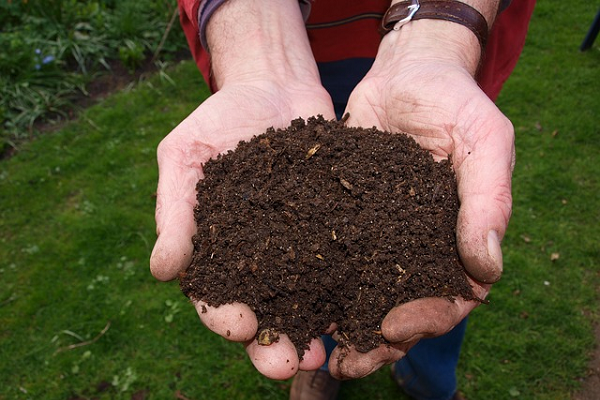
.png)

.png)






.jpeg)



.png)




.png)







%20resize.jpeg)



%20small.png)

.png)
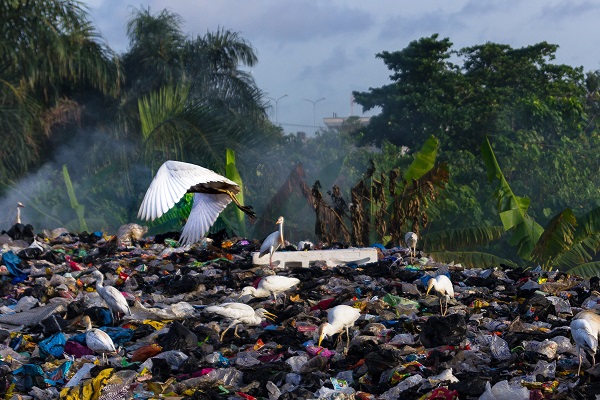
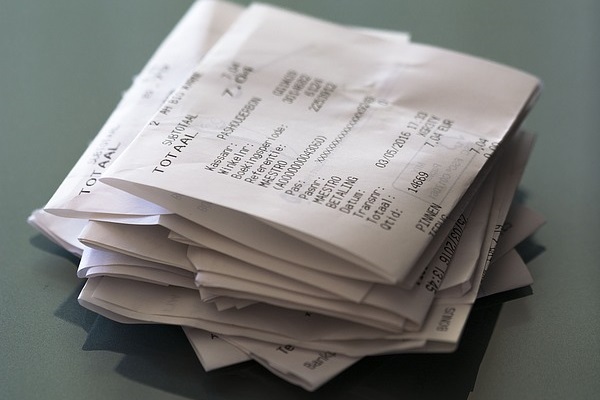



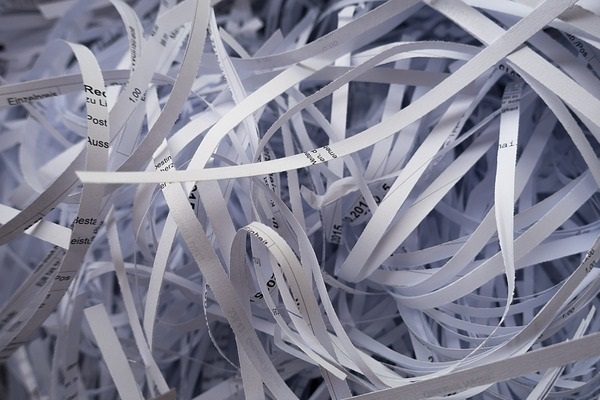

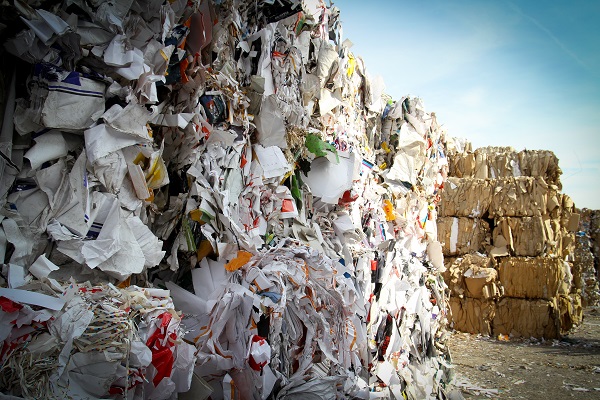
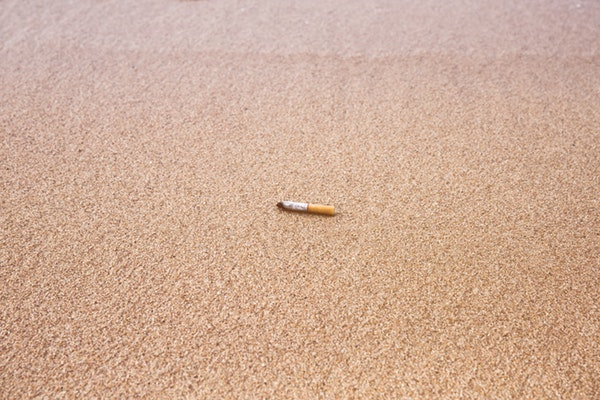
.png)

.png)

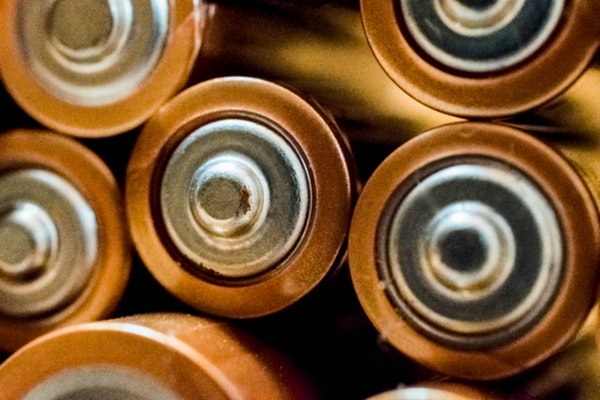
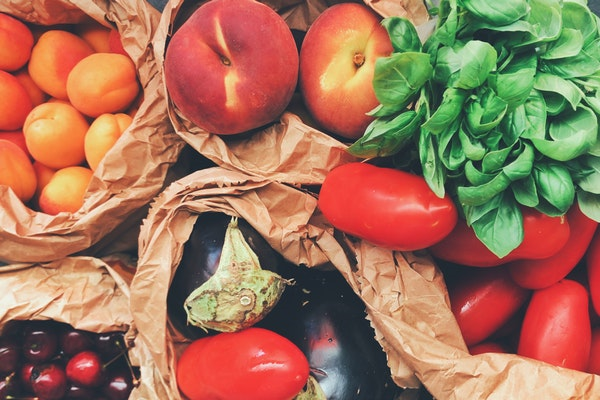


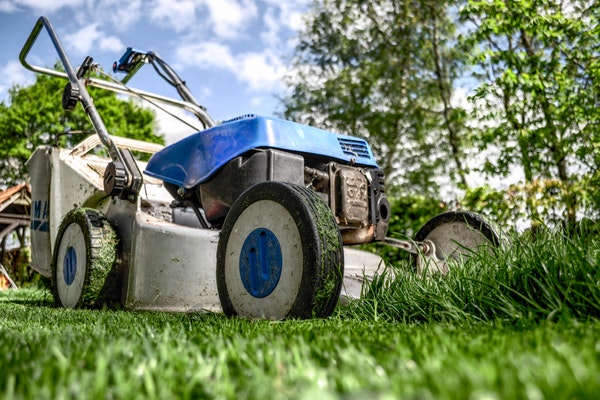




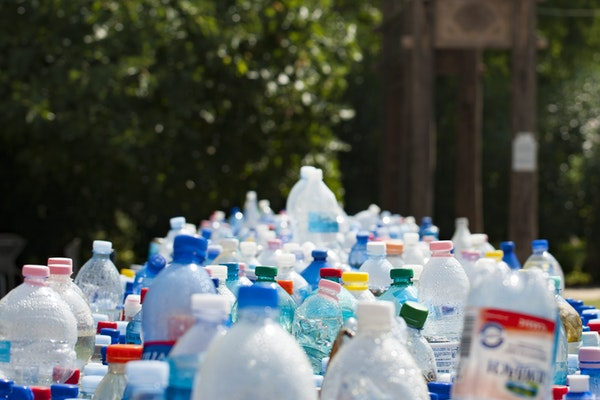
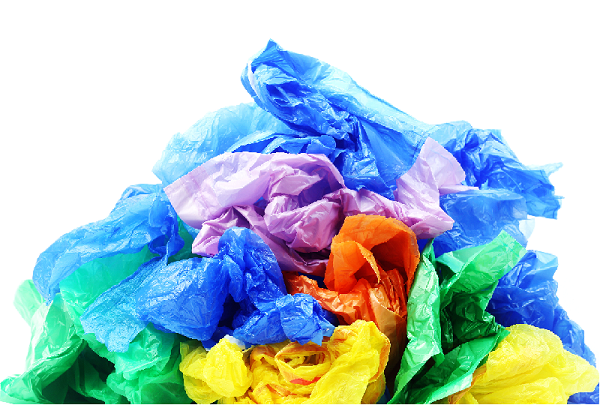



.jpg)
.jpg)
.jpg)
